A team led by MIT Professor Russ Tedrake has been selected by NASA to develop algorithms for the 6-foot-tall “Valkyrie” robot in support of future space travel to Mars and beyond.


A team led by MIT Professor Russ Tedrake has been selected by NASA to develop algorithms for the 6-foot-tall “Valkyrie” robot in support of future space travel to Mars and beyond.
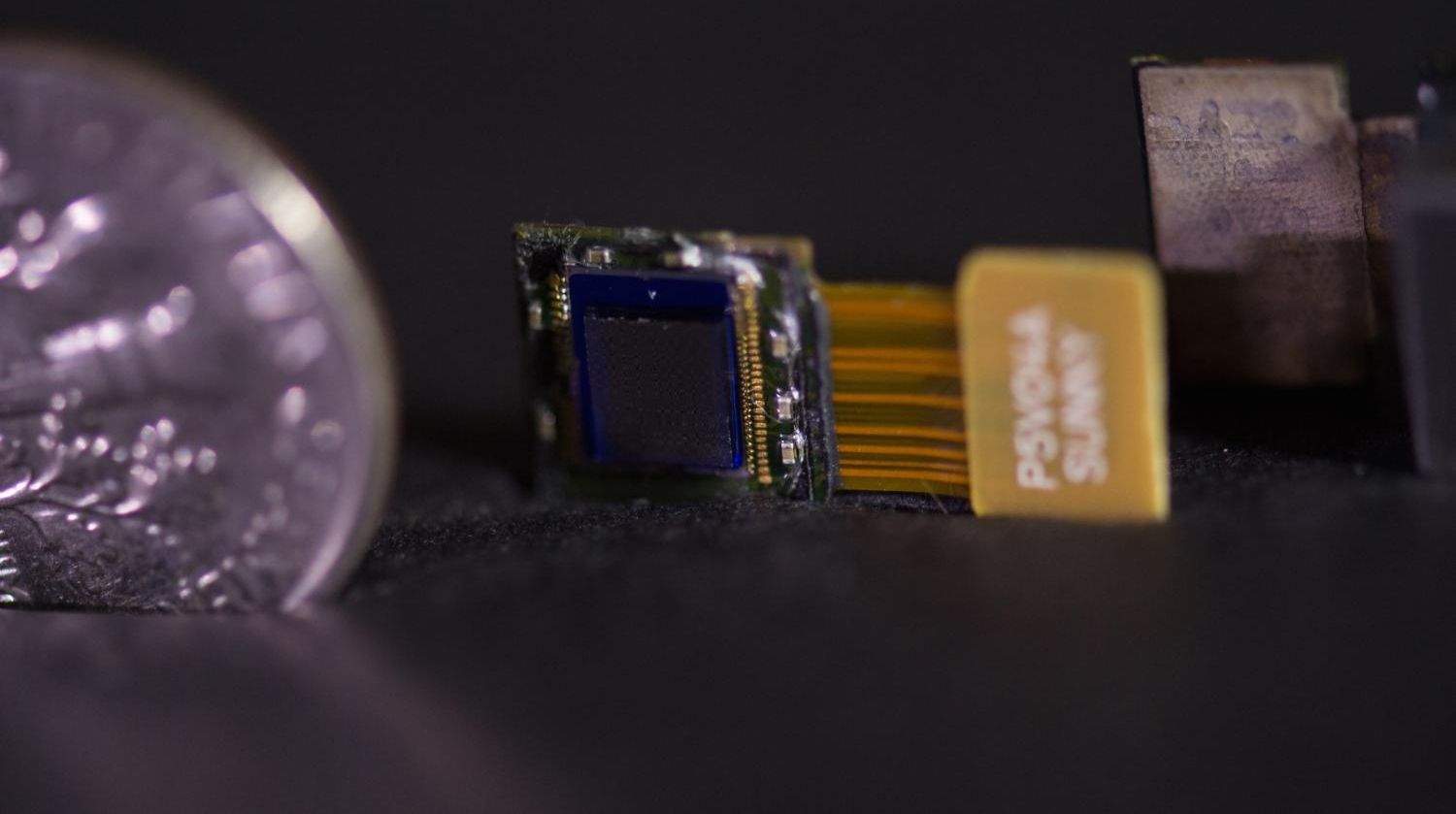
How thin can a camera be? Very, say Rice University researchers who have developed patented prototypes of their technological breakthrough.
FlatCam, invented by the Rice labs of electrical and computer engineers Richard Baraniuk and Ashok Veeraraghavan, is little more than a thin sensor chip with a mask that replaces lenses in a traditional camera.
Making it practical are the sophisticated computer algorithms that process what the sensor detects and converts the sensor measurements into images and videos.
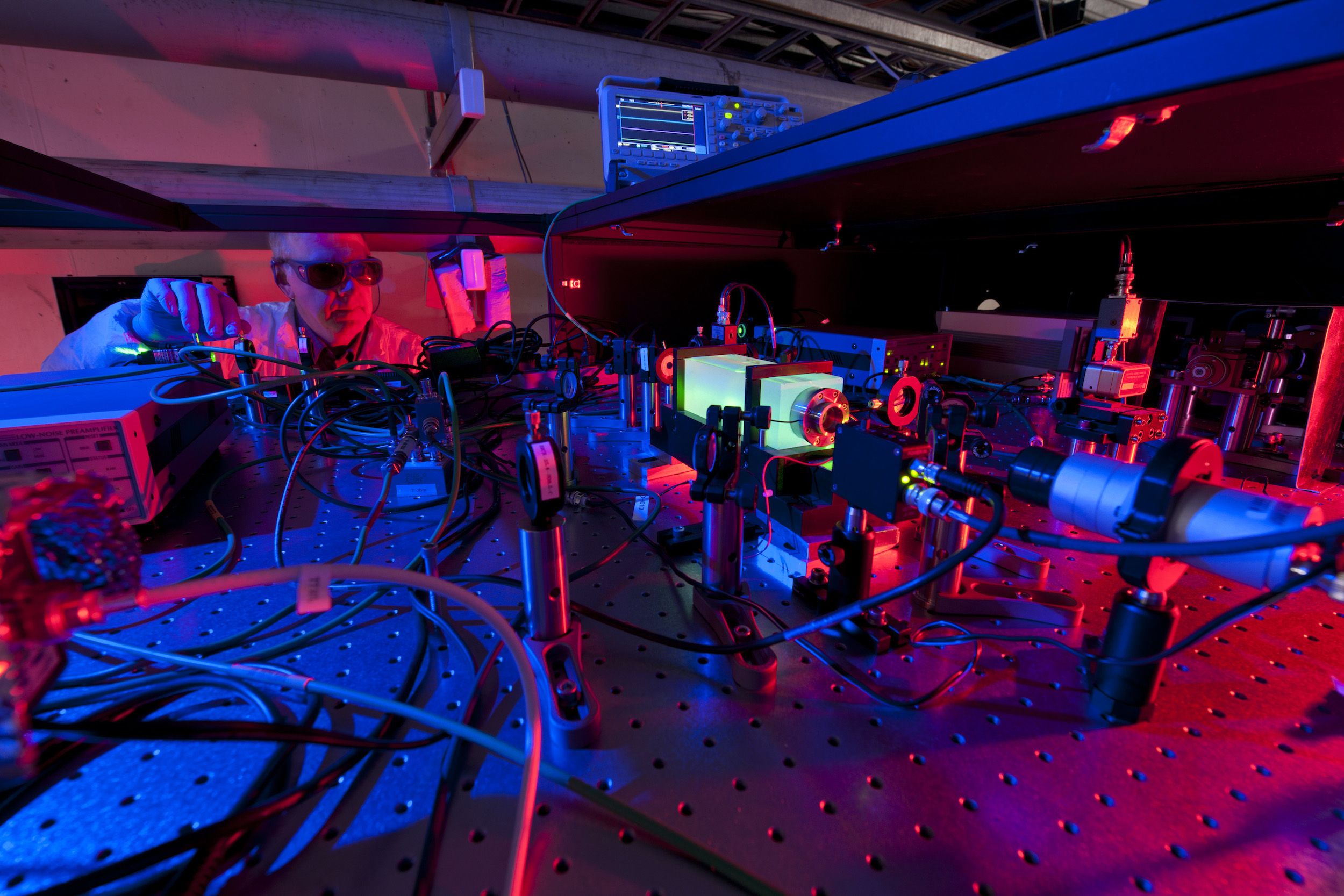
Old post,but interesting…
If the holographic principle does indeed describe our universe, it could help resolve many inconsistencies between relativistic physics and quantum physics, including the black hole information paradox. It would also offer researchers a way to solve some very tough quantum problems using relatively simple gravitational equations. But before we can be sure that we’re living in the Matrix, there’s still a lot of work to be done.
“We did this calculation using 3D gravitational theory and 2D quantum field theory, but the universe actually has three spatial dimensions plus time,” Grumiller said. “A next step is to generalize these considerations to include one higher dimension. There are also many other quantities that should correspond between gravitational theory and quantum field theory, and examining these correspondences is ongoing work.”
Beyond the theoretical considerations, there’s the entirely different matter of pulling back the illusion and experimentally observing the holographic nature of reality. As it happens, physicists at the Department of Energy’s Fermilab are now trying to do just that.

Each year, an estimated 70 million sharks are killed for their fins. The brutal shark finning process involves cutting off a live shark’s fins and returning the debilitated animal back into the water to die a slow death. Highly valued in traditional Asian medicine and cuisine, the fins can sell for as much as $300 a pound on the black market.
What if an artificial shark fin could remove sharks from the equation completely?
New Wave Foods, a San Francisco-based sustainable seafood company, is developing a bioengineered fin product that could pull the rug out from underneath the shark trade.
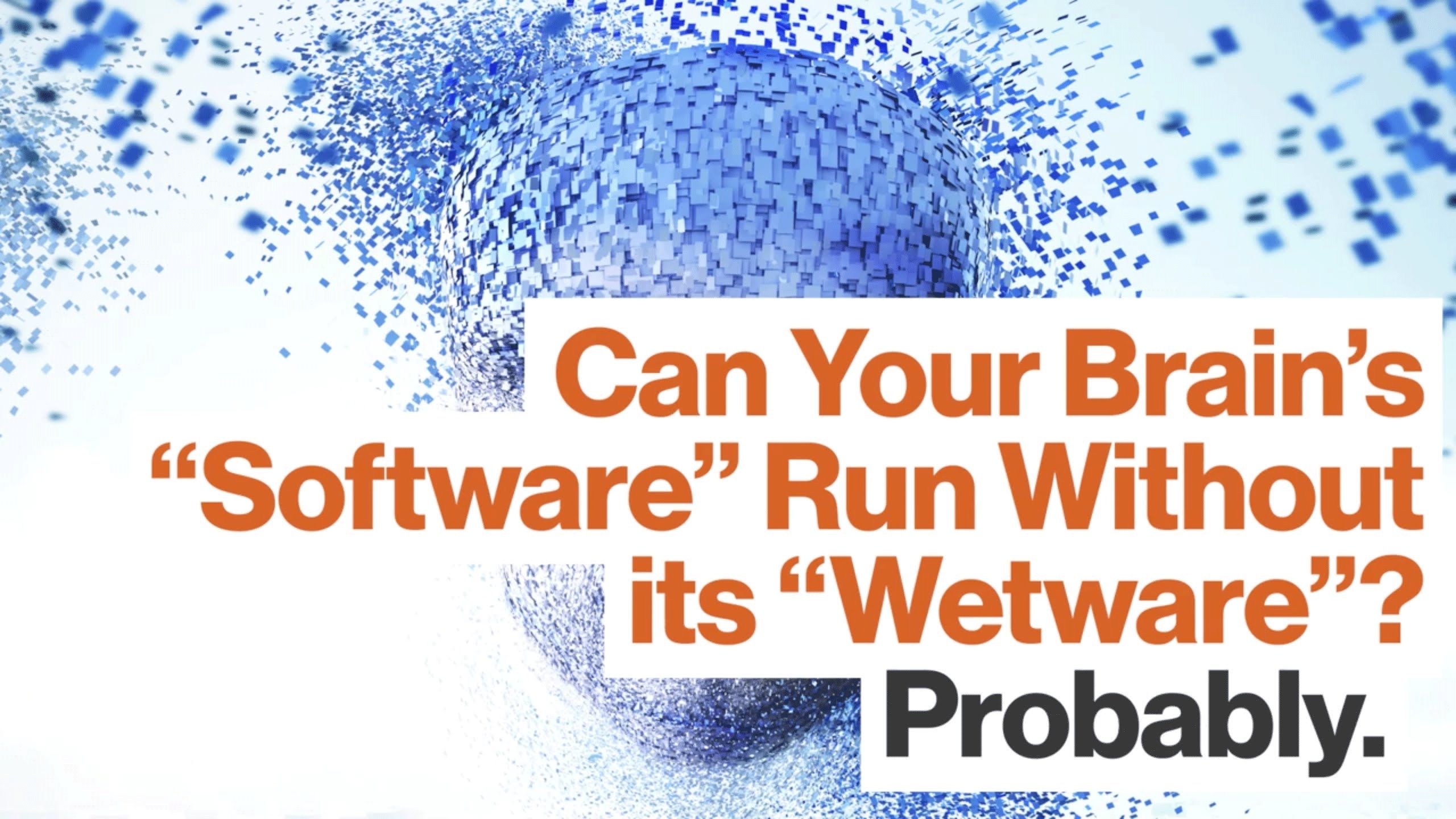
Yes, conceivably. And if/when we achieve the levels of technology necessary for simulation, the universe will become our playground. Eagleman’s latest book is “The Brain: The Story of You” (http://goo.gl/2IgDRb).
Follow Big Think here:
YouTube: http://goo.gl/CPTsV5
Facebook: https://www.facebook.com/BigThinkdotcom
Twitter: https://twitter.com/bigthink
Transcript — The big picture in modern neuroscience is that you are the sum total of all the pieces and parts of your brain. It’s a vastly complicated network of neurons, almost 100 billion neurons, each of which has 10,000 connections to its neighbors. So we’re talking a thousand trillion neurons. It’s a system of such complexity that it bankrupts our language. But, fundamentally it’s only three pounds and we’ve got it cornered and it’s right there and it’s a physical system.
The computational hypothesis of brain function suggests that the physical wetware isn’t the stuff that matters. It’s what are the algorithms that are running on top of the wetware. In other words: What is the brain actually doing? What’s it implementing software-wise that matters? Hypothetically we should be able to take the physical stuff of the brain and reproduce what it’s doing. In other words, reproduce its software on other substrates. So we could take your brain and reproduce it out of beer cans and tennis balls and it would still run just fine. And if we said hey, “How are you feeling in there?” This beer can/tennis ball machine would say “Oh, I’m feeling fine. It’s a little cold, whatever.”
It’s also hypothetically a possibility that we could copy your brain and reproduce it in silica, which means on a computer at zeroes and ones, actually run the simulation of your brain. The challenges of reproducing a brain can’t be underestimated. It would take something like a zettabyte of computational capacity to run a simulation of a human brain. And that is the entire computational capacity of our planet right now.
There’s a lot of debate about whether we’ll get to a simulation of the human brain in 50 years or 500 years, but those would probably be the bounds. It’s going to happen somewhere in there. It opens up the whole universe for us because, you know, these meat puppets that we come to the table with aren’t any good for interstellar travel. But if we could, you know, put you on a flash drive or whatever the equivalent of that is a century from now and launch you into outer space and your consciousness could be there, that could get us to other solar systems and other galaxies. We will really be entering an era of post-humanism or trans-humanism at that point.
ABSTRACT
According to Einstein, General Relativity contains the essence of Mach’s ideas. Mach’s principle can be summarized by stating that the inertia of a body is determined by the rest of the mass-energy content of the universe. Inertia here arises from mass-energy there. The latter, was a statement made by John Wheeler in his 1995 book, Gravitation and Inertia, coauthored by Ciufolini. Einstein believed that to be fully Machian, gravity would need a radiative component, an action-at-a-dis- tance character, so that gravitational influences on a body from far away could be felt immediately. In 1960’s, Hoyle and Narlikar (HN) developed such a theory which was a gravitational version of the Absorber theory derived by Wheeler-Feynman for classical electrodynamics and later expanded upon by Davies and Narlikar for quantum electrodynamics. The HN-field equation has the same type of mass fluctuation terms as in the Woodward Mach effect thruster theory. The force equation, used to predict the thrust in our device, can be derived from the mass fluctuation. We outline a new method for deriving the force equation. We present new experimental tests of the thruster to show that the thrust seen in our device is not due to either heating or Dean Drive effects. Successful replications have been performed by groups in Austria and Canada, but their work is still pending in the peer review literature.
Keywords:
Mach Effect Drive, Transient Mass Fluctuations, Mach’s Principle, Action at a Distance, Advanced Waves, Event Horizon.
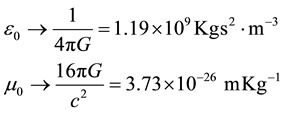
ABSTRACT
The Mach Effect Thruster (MET) is a propellant―less space drive which uses Mach’s principle to produce thrust in an accelerating material which is undergoing mass―energy fluctuations, [1] –[3]. Mach’s principle is a statement that the inertia of a body is the result of the gravitational interaction of the body with the rest of the mass-energy in the universe. The MET device uses electric power of 100 — 200 Watts to operate. The thrust produced by these devices, at the present time, are small on the order of a few micro-Newtons. We give a physical description of the MET device and apparatus for measuring thrusts. Next we explain the basic theory behind the device which involves gravitation and advanced waves to incorporate instantaneous action at a distance. The advanced wave concept is a means to conserve momentum of the system with the universe. There is no momentun violation in this theory. We briefly review absorber theory by summarizing Dirac, Wheeler-Feynman and Hoyle-Narlikar (HN). We show how Woodward’s mass fluctuation formula can be derived from first principles using the HN-theory which is a fully Machian version of Einstein’s relativity. HN-theory reduces to Einstein’s field equations in the limit of smooth fluid distribution of matter and a simple coordinate transformation.
Keywords:
Mach Effect Drive, Transient Mass Fluctuations, Weak Field Limit Gravitation, Modified (PPN) Parameterized Post Newtonian Approximation, Linearized Einstein Equations, Gravitoelectromagnetism.
Short Bytes: Artificial Intelligence holds a special place in the future of the humanity. Many tech giants, including Facebook, have long been working on improving the AI to make lives better. Facebook has decided to reveal its milestones in Artificial Intelligence Research in the form of a progress report.
It doesn’t matter if you are scared of AI like Elon Musk or Stephen Hawking or if you have an opinion same as that of Google’s chief of Artificial Intelligence that computers are remarkably dumb. Companies are still going through the byzantine process of training the machines and creating human brain algorithms. Meanwhile, Facebook has just announced its progress report.
Facebook’s AI research team (FAIR) will present at NIPS, an Artificial Intelligence conference, its report card and reveal the team’s achievements regarding its state-of-the-art systems. Facebook has been trying to improve the image recognition and has created a system that speeds up the process by 30% using 10 times less training data from previous benchmarks.

In a classic eureka moment, a team of physicists led by The City College of New York and including Herriot-Watt University and Corning Incorporated is showing how beams from ordinary laser pointers mimic quantum entanglement with the potential of doubling the data speed of laser communication.
Quantum entanglement is a phrase more likely to be heard on popular sci-fi television shows such as “Fringe” and “Doctor Who.” Described by Albert Einstein as “spooky action at a distance,” when two quantum things are entangled, if one is ‘touched’ the other will ‘feel it,’ even if separated by a great distance.
“At the heart of quantum entanglement is ‘nonseparability’ — two entangled things are described by an unfactorizable equation,” said City College PhD student Giovanni Milione. “Interestingly, a conventional laser beam (a laser pointer)’s shape and polarization can also be nonseparable.”
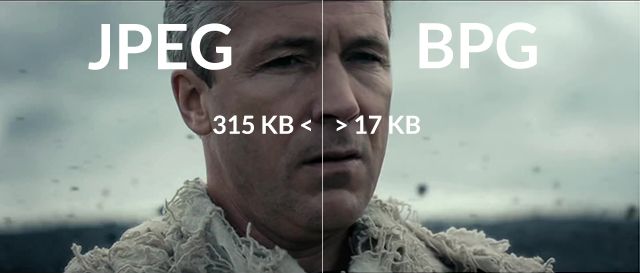
This means that BPG not only is way smaller than JPEG but also delivers a better quality. And that’s not all! It also supports animations!
And when I say animation, I actually say GIF-like movies with MP4 quality that are actually smaller than the mp4 it was built from.
Let’s see an example (I have not included a GIF example because the same quality size and frame rate means that the GIF will have exactly 33.8MB)